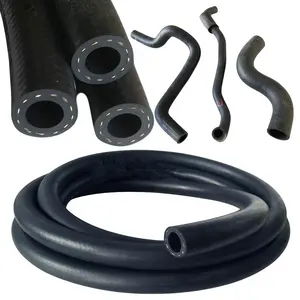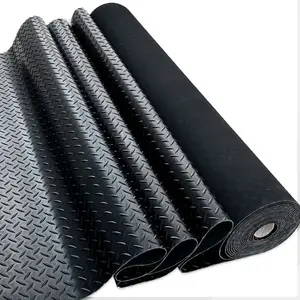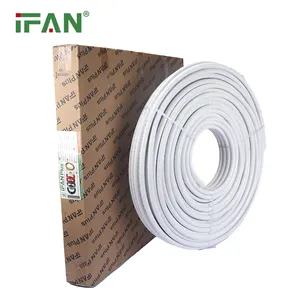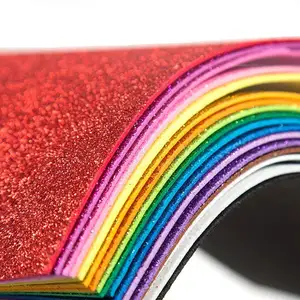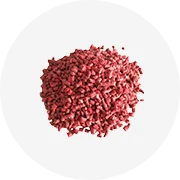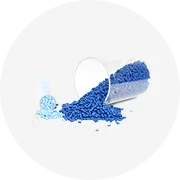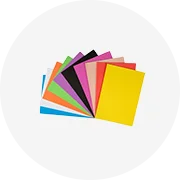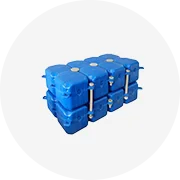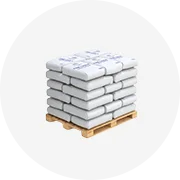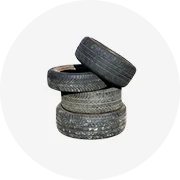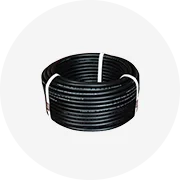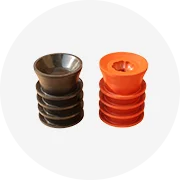Popular in your industry

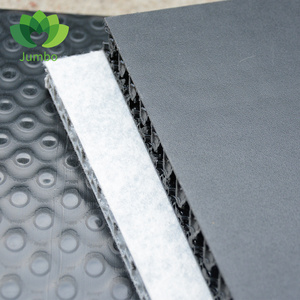







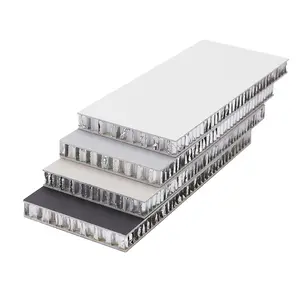


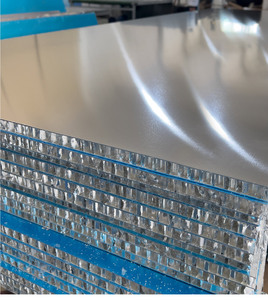
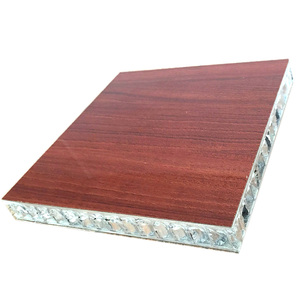


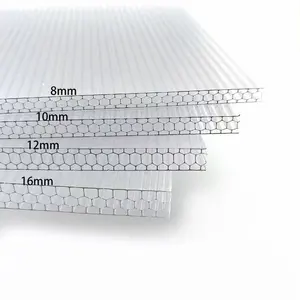










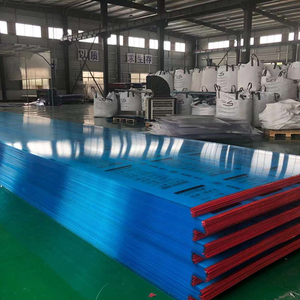












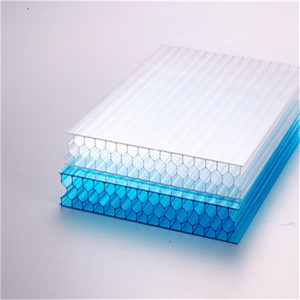


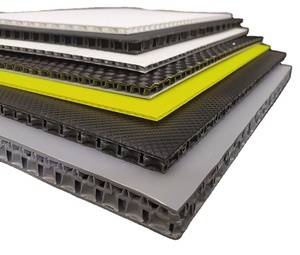



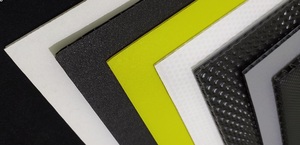








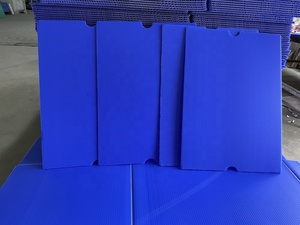

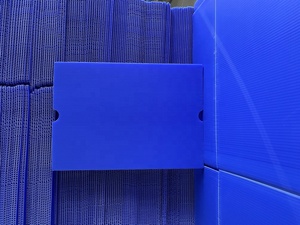
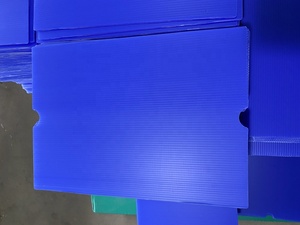

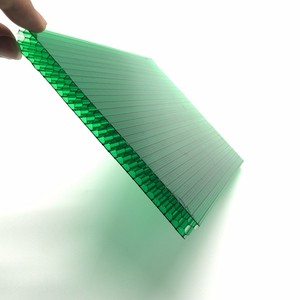


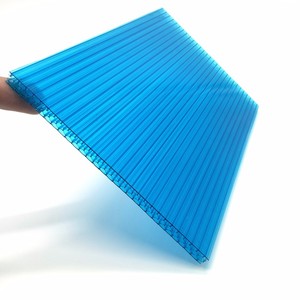


Related Searches:


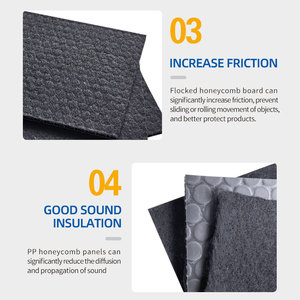


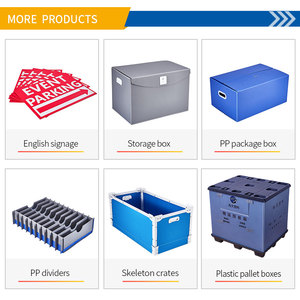



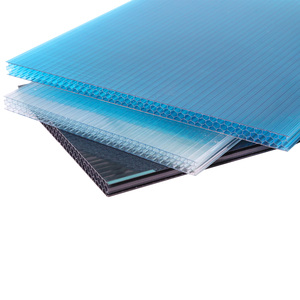


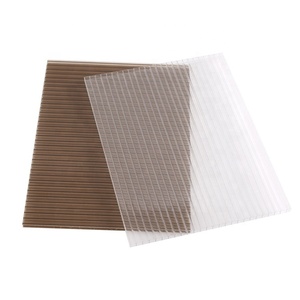








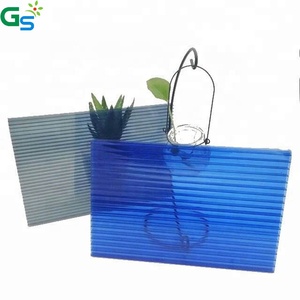

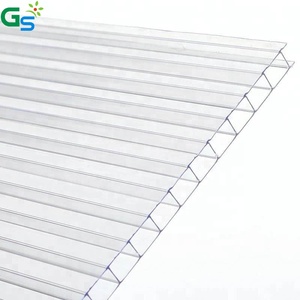












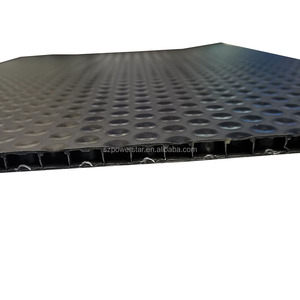
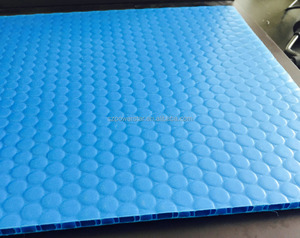
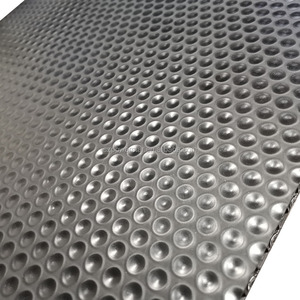
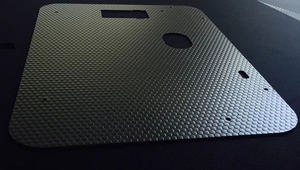





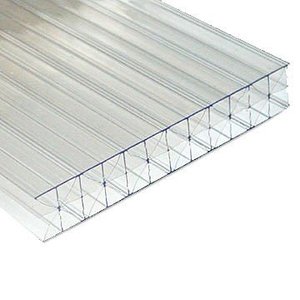




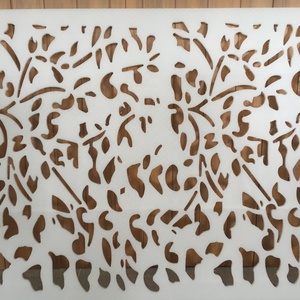
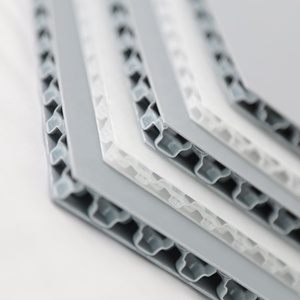



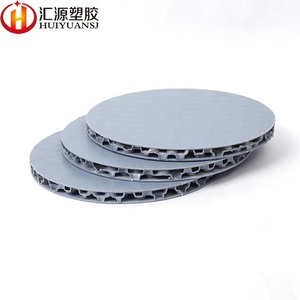

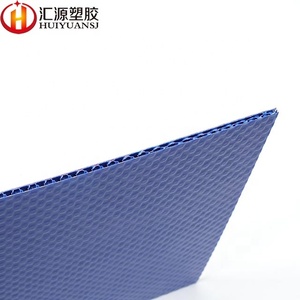

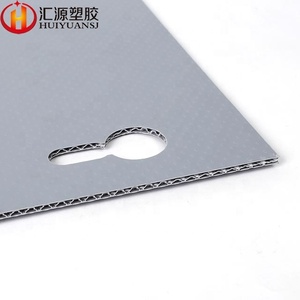


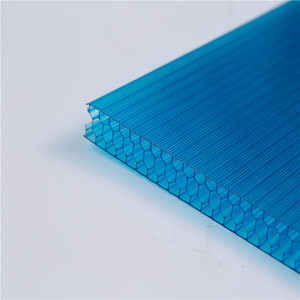

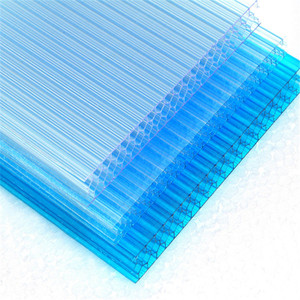

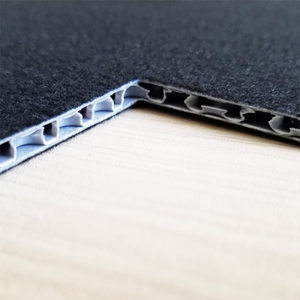
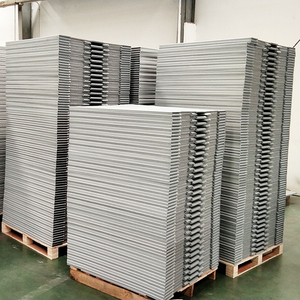





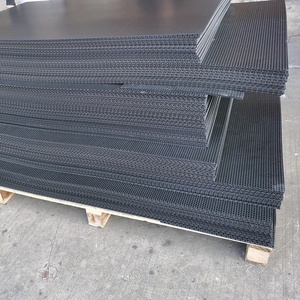

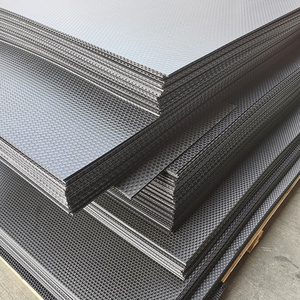


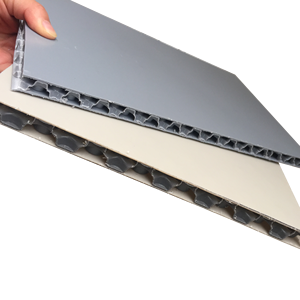

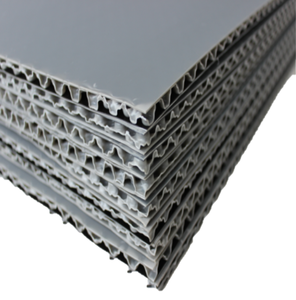


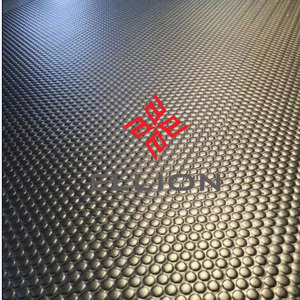





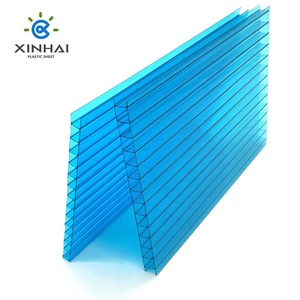
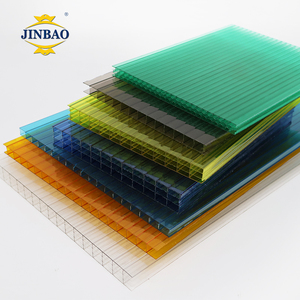

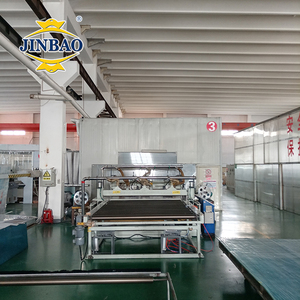



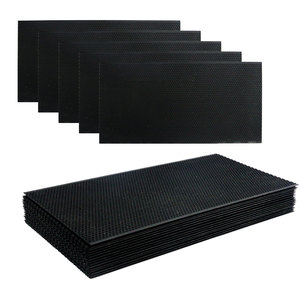




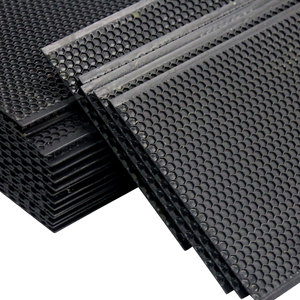







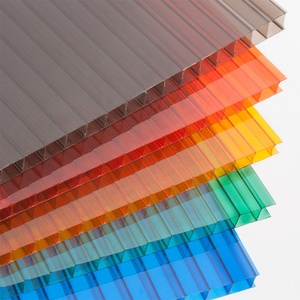

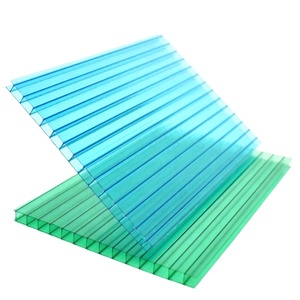


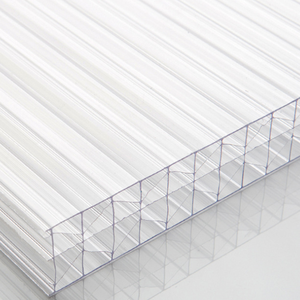
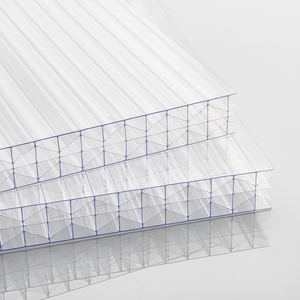

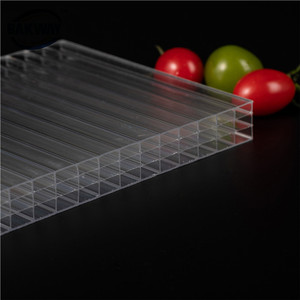





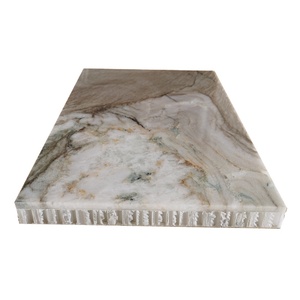



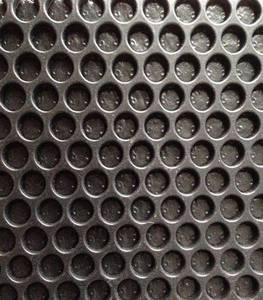




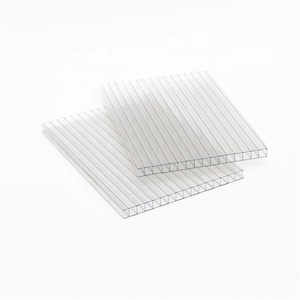


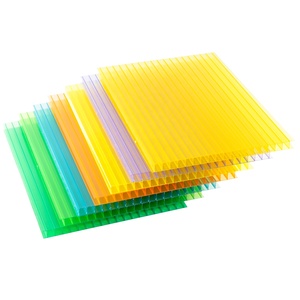




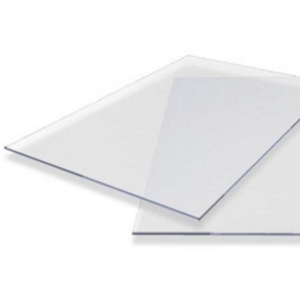



Top categories
About plastic sheet honeycomb
The <strong>plastic sheet honeycomb</strong> denotes a distinctive arrangement of plastic sheets that mimic the hexagonal mosaic found in honeycombs. This configuration is not only visually pleasing but also endows the sheets with superior strength and longevity. Its lightweight yet sturdy nature is celebrated across industries, rendering it an adaptable solution for a multitude of industrial uses.
Types and Characteristics of Plastic Sheet Honeycomb
Diverse variants of <strong>plastic sheet honeycomb</strong> exist, each engineered for particular sectors and uses. For instance, the translucent polycarbonate honeycomb is ideal for light-permitting applications like skylights or greenhouses. The polypropylene type is prized in the automotive realm for its chemical resistance and minimal moisture uptake. Specialized versions, such as the FRP honeycomb, merge fiberglass resilience with the honeycomb's lightness, perfect for maritime and aeronautical uses. Each kind presents distinct attributes, from UV resistance to thermal constancy, addressing a broad spectrum of commercial requirements.
Structure and Operation of Plastic Sheet Honeycomb
The ingenious design of the <strong>plastic sheet honeycomb</strong> features a core of hexagonal cells ensconced between two robust sheets. This nucleus is the cornerstone of the honeycomb's fortitude, adept at evenly dispersing forces. Cell size variations influence the sheet's density and strength properties. Larger cells may be employed for more cushioning or insulation needs, whereas smaller cells enhance strength and stiffness. The operational efficacy of these sheets in structural roles stems from this distinctive design, which boasts remarkable load-bearing capacities without the heft of solid materials.
Materials and Properties
The materials selected for crafting <strong>plastic sheet honeycomb</strong> are lauded for their property equilibrium. 100% virgin polypropylene, for example, is not only resistant to impact but also readily shaped, facilitating the production of intricate forms. PVC plastic is favored for safety-critical applications due to its inherent flame retardancy and sound electrical insulation. These substances also exhibit formidable resistance to a plethora of chemicals, rendering them apt for scenarios prone to spills or contamination. The material choice underscores a dedication to delivering enduring products that preserve their integrity over time.
Business Usages and Applications
The <strong>plastic sheet honeycomb</strong> is a multifaceted material with an extensive range of commercial applications. In construction, it serves as a core for light panels that enhance building energy efficiency. For signage, its rigidity coupled with printability makes it an outstanding substrate for expansive displays. The packaging sector values its shock-absorbing properties, ensuring protection while reducing material usage. In agriculture, these sheets are employed in beehive construction, benefiting from the honeycomb's insulative qualities and featherweight. Each use leverages the honeycomb's inherent properties to bolster business operations, be it through product enhancement or cost reduction.
Functions of Plastic Sheet Honeycomb
The <strong>plastic sheet honeycomb</strong> fulfills various roles across different industries. Its principal function is to offer structural support where conventional materials would be prohibitively heavy. In the realm of automotive manufacturing, it is utilized to forge robust, yet light body panels that aid in fuel economy. Within the packaging industry, it acts as a shock-absorbing layer that mitigates impacts during transit. Moreover, the honeycomb structure excels in thermal insulation and noise reduction, making it a versatile material capable of addressing multiple challenges in unison.
Features of Plastic Sheet Honeycomb
The <strong>plastic sheet honeycomb</strong> is distinguished by its salient features. Its construction enables an impressive strength-to-weight ratio, pivotal in sectors where minimizing weight is essential. Its resilience to compression and shear forces renders it a dependable option for load-bearing contexts. Furthermore, its compatibility with various adhesives and coatings facilitates seamless integration into composite assemblies, broadening its applicability. These characteristics, along with the material's innate resistance to moisture, corrosion, and UV light, render it a coveted commodity in competitive markets.
Benefits of Plastic Sheet Honeycomb
Employing <strong>plastic sheet honeycomb</strong> accrues manifold advantages for businesses. Its lightness translates to reduced costs in transport and handling. The material's robustness prolongs product life, diminishing the frequency of replacements. Its insulative properties can lead to energy conservation, especially pertinent in construction and transport sectors. For enterprises prioritizing sustainability, the potential for recycling these sheets aligns with eco-conscious practices and can bolster a company's environmental reputation.
How to Use and Maintain Plastic Sheet Honeycomb
Optimal utilization of <strong>plastic sheet honeycomb</strong> hinges on comprehending its intended application. In construction, for example, the sheets can act as a stiffening core in laminated edifices, providing both rigidity and insulation. Maintenance is uncomplicated; the sheets are amenable to standard cleaning agents and resist most chemicals. Should damage occur, it is often possible to replace only the compromised area rather than the entire panel, ensuring both cost efficiency and ease of upkeep.
Choosing the Right Plastic Sheet Honeycomb
Choosing the correct <strong>plastic sheet honeycomb</strong> for a given application entails evaluating load demands, environmental conditions, and material compatibility. For outdoor uses, selecting UV-resistant varieties is crucial, while in humid settings, a honeycomb with superior water resistance is preferred. The selection process is vital to guarantee that the honeycomb sheet will deliver the anticipated performance and yield the desired benefits to the user.
Cleaning and Installation of Plastic Sheet Honeycomb
Cleaning <strong>plastic sheet honeycomb</strong> is generally straightforward, necessitating only gentle detergents and water. Installation techniques vary by application but typically involve sizing the sheets and affixing them with adhesives or mechanical fasteners. Adhering to the manufacturer's installation recommendations is imperative to preserve the honeycomb's structural soundness and ensure peak functionality.
Target Audience and Meeting Needs
The intended market for <strong>plastic sheet honeycomb</strong> spans sectors such as construction, automotive, packaging, and agriculture. Each sector presents unique demands, from the construction industry's quest for energy-efficient materials to the automotive field's pursuit of lightweight components. The honeycomb design adeptly satisfies these requirements, offering a resource that is adaptable, effective, and sustainable. By grasping the particular needs of these sectors, manufacturers can customize their honeycomb offerings to surpass client expectations.

